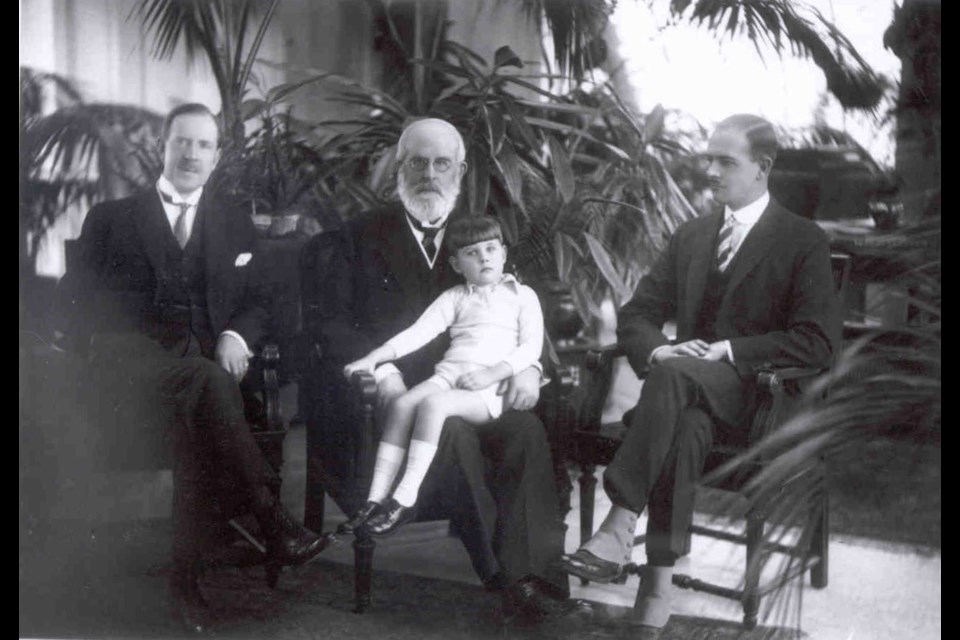The Mulock name is a prominent one in Newmarket. In addition to Mulock Drive, one of the community’s main thoroughfares, there’s also Sir William Mulock Secondary School, a residential development known as Mulock Village, and any number of businesses with Mulock in their names.
And yet, few people really know much about the man behind the name, or that he was born not in Newmarket, but in Bond Head.
Born on Jan. 19, 1843, William Mulock was the second son of Dr. Thomas Mulock and Mary Cawthra (whose father, John Cawthra, was a giant in the early days of Newmarket). As a youth, he was educated locally, and then in Newmarket, and later at the University of Toronto law school.
Upon graduation, Mulock began to practise law in Toronto and eventually formed one of the city’s most prestigious firms: Mulock, Miller, Crowther and Montgomery. An excellent litigator, the Mail and Empire newspaper suggested he stood “in the front-rank as a debater.”
Because of his growing prestige and a reputation as a principled man, Mulock was elected a senator of Toronto University in 1873 and became vice-chancellor in 1881. Around the same time, he became prominent in Toronto business affairs. Among his numerous positions were director of the Toronto General Trusts Company, vice-president of the St. John Ambulance Association and president of the Farmers Loan and Savings Company.
In short, he was a man of many parts.
It was inevitable a man of his position and character would eventually come to the attention of the voting public. Mulock was elected to the House of Commons in 1882. When Wilfrid Laurier formed his Liberal government in 1896, Mulock was brought aboard as postmaster general. Four years later, he was instrumental in creating the Labour Department and was tapped to serve as our first minister of labour. Then, in 1905, Mulock participated in the negotiations that brought Alberta and Saskatchewan into Confederation.
In later years, the veteran lawyer and politician served as chief justice of the Supreme Court from 1923 to 1936 and chancellor of the University of Toronto from 1924 to 1944.
Through it all, and despite his myriad of achievements, Mulock took great pride in being called a farmer. His farm, on the northwest corner of Yonge Street and Mulock Sideroad (as it was then called) in Newmarket, was considered a model farm, one of the most efficient in the area.
Mulock died in 1944. Fourteen years later, in 1958, a plaque in his honour was raised in his birthplace of Bond Head.
Though his contributions to Canada were significant and he lived much of his adult life elsewhere, Mulock will always belong to Bond Head.



